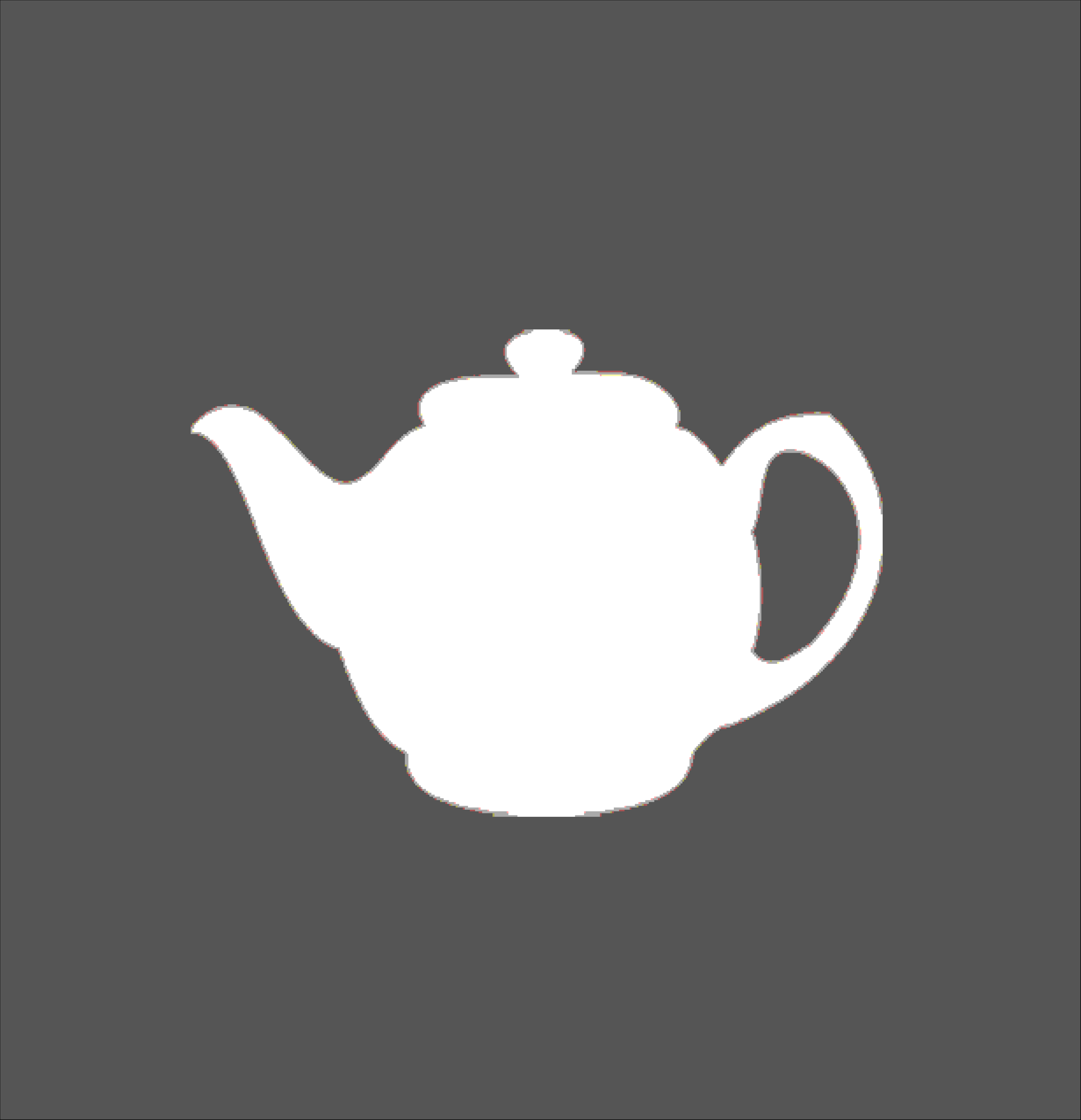
Leaf grading (black teas only)
In tea production, each tea leaf is graded into different categories so that the brew will be consistent. Currently, the process of tea grading which is used is one which was developed for black tea types only. This grading follows an internationally accepted and standardized process. Only about 20% of teas produced are of leaf grade (the larger leaves). The balance are denoted broken grades (which usually produce a stronger and darker liquor) and dust (which is typically used in tea bags).
Each category is represented by a series of letters denoting what type of tea leaf the tea is made from. Starting with the lowest quality:
Dust - tea at this grading level consists of tea dust and very small pieces of tea leaves. This type of tea is the lowest grade of tea available and the cheapest on the market.
Fanning - consists mainly of very small tea leaf pieces and again is considered to be of low grade (used in teabags, together with dust).
BOP (Broken Orange Pekoe) - this is the mid grading of tea and tea at this grade will consist of either pieces of larger tea leaves or smaller whole tea leaves.
OP (Orange Pekoe) - tea included at this grade will be made of larger sized whole tea leaves. However the bud or flowering bud of the tea plant will not be present. The term "Orange" was derived from the Dutch house of Orange. "Pekoe" was derived from a Chinese word meaning "white down" and refers to the tips of young tea buds' leaves.
FOP (Flowery Orange Pekoe) - this is the highest grade of the five main classifications and contains only large whole leaves and the flowering portion of the plant. Usually coming from the second and third flush crops.
There are also sub-categories used for teas of exceptional quality and rarity:
Golden - Designating that the leaves are of a golden hue and of superior quality.
Tippy - Designating that young tea buds are present within the tea in abundance.
